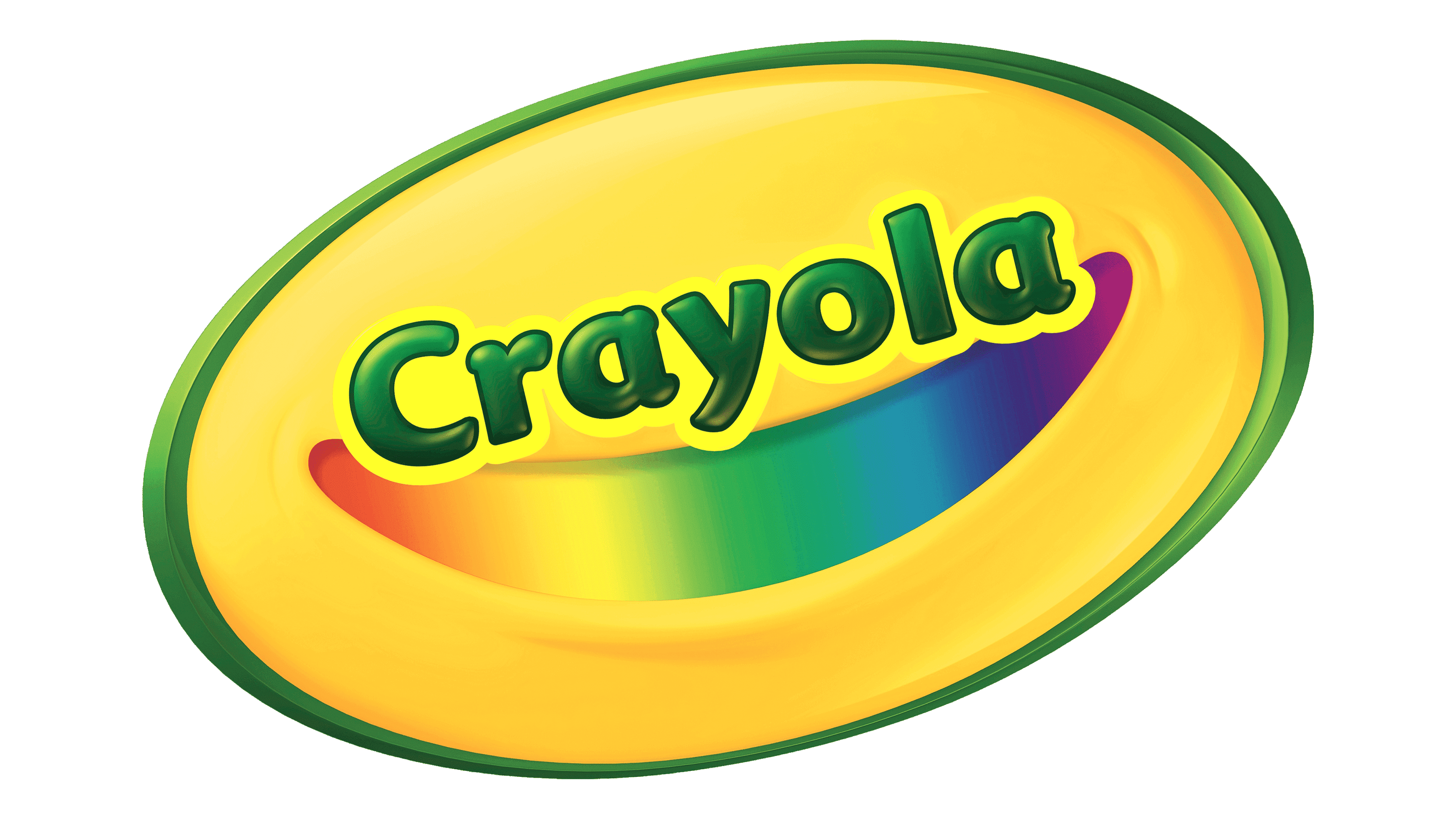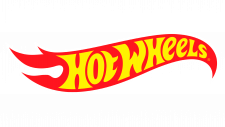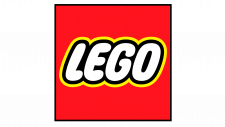Crayola Logo
Crayola is celebrated for art supplies, notably wax crayons, serving educational, retail, and professional markets. With a strong presence in the US, Canada, and the UK, the company is a subsidiary of Hallmark Cards, Inc. Innovation is key at Crayola, with an expanding range of markers, pencils, paints, and clays. Crayola’s dedication to sustainability and safe products strengthens its trusted industry status. They emphasize eco-friendly practices in production. Crayola also engages with communities through educational programs and art initiatives.
Meaning and history
Crayola, the renowned creative tools company, boasts a captivating history that spans well over a century. It all began in 1885 when Edwin Binney and C. Harold Smith established Binney & Smith in New York. Initially, they manufactured industrial pigments, but their foray into art supplies was a game-changer.
In 1903, Binney & Smith astounded the world by introducing the first-ever crayon box, featuring an initial selection of eight vibrant colors. This innovation was an instant hit, setting the stage for the company’s artistic journey. In 1930, they unveiled the iconic 64-crayon box, complete with a built-in sharpener.
As the years passed, Crayola continued to push boundaries, launching markers, colored pencils, and an array of art tools. In 1984, Hallmark Cards acquired Binney & Smith, marking a pivotal turning point. Under Hallmark’s stewardship, Crayola flourished, gaining global recognition and expanded resources.
In 2007, Crayola underwent a transformation, rebranding as “Crayola LLC” to reflect its dedication to nurturing creativity. The company’s unwavering commitment to safety remained a hallmark, ensuring all products were non-toxic and child-friendly.
Crayola leads the art supply industry, constantly innovating and launching new products for creative minds of every age. Evolving from industrial pigments to a cherished brand, Crayola’s history blends imagination, innovation, and a passion for art. This journey reflects a dedication to fostering creativity and the transformative power of color. Their story is a rich narrative of transforming the ordinary into vibrant avenues for self-expression and learning.
What is Crayola?
Crayola is a prominent company specializing in art supplies, best known for their vibrant wax crayons. They offer a broad spectrum of creative tools including markers, colored pencils, and paints, catering to both educational and consumer markets with a focus on inspiring creativity and learning.
1903 – 1925
The logo depicted is a vintage design, evoking a sense of heritage and tradition. It features an ornate, symmetrical frame with scrollwork and flourishes that encase the brand name “CRAYOLA.” The text is presented in a bold, serif font that dominates the center, with the word “TRADE” perched above and “MARK” below, suggesting its established status as a trademark. The color palette is a duo-tone, with a rich sepia-like background contrasting against the dark, forest green of the text and decorative elements. This classic style conveys a timeless quality, implying the brand’s long-standing presence in the market. The overall effect of the logo design is one of antiquity and reliability, hinting at the company’s historic roots in the art supply industry.
1925 – 1935
This logo presents a more streamlined aesthetic compared to its predecessor. The design maintains the elliptical, cloud-like boundary, but with less ornamental detail, showing a modernized shift. The “CRAYOLA” name is still the centerpiece, set in a serif typeface that is bold and more stylized, with the letters flowing together to suggest connectivity and fluidity. The background and text colors are reversed from the previous design, with the brand name in yellow, creating a striking contrast against the deep green backdrop. “TRADE MARK” is clearly segmented above and below “CRAYOLA,” subtly emphasizing its trademark status. The overall look of this logo is cleaner and more concise, reflecting a branding evolution that aligns with a more contemporary era. This refreshed identity retains the original’s authoritative presence while conveying the brand’s adaptability and growth over time.
1935 – 1948
The logo is a stark shift towards minimalism, featuring the brand name “CRAYOLA” in bold, yellow, uppercase letters against a solid green rectangular background. The font is sans-serif, signaling a modern and no-frills approach, with the letters evenly spaced, exuding simplicity and readability. Gone are the decorative embellishments of previous iterations, presenting a logo that favors function and brand recognition over ornate design. This evolution reflects a brand maturing, focusing on clarity and a direct visual message. The choice of yellow on green remains true to Crayola’s signature color scheme, but the execution is decisively contemporary, appealing to a new generation while maintaining a connection to the brand’s heritage. The rectangular shape suggests stability and reliability, foundational values for a company catering to educational and creative markets.
1948 – 1956
This logo iteration for “CRAYOLA” presents a subtle evolution from its predecessor. The same color scheme is maintained: a bright yellow for the serif font against a dark green background. However, the font style has shifted slightly; the letters now exhibit a more pronounced, stylized serif, particularly noticeable in the “C” and “A,” giving a more dynamic visual flow. The background green is more saturated, making the yellow text pop with greater contrast, enhancing visibility and impact. There’s a modern touch to the design, suggesting a balance between the brand’s storied past and its forward-looking vision. The simplicity and boldness of the logo underscore the brand’s confidence and prominence in the art supplies market.
1956 – 1966
The logo showcases “CRAYOLA” in dark teal letters set against a textured, golden yellow background. This design departs from the solid colors of previous logos, introducing a mottled, almost crayon-like texture that speaks to the brand’s core products. The font is sans-serif, bold, and substantial, with a slight curvature to the letters that adds a gentle, approachable character. The addition of the registered trademark symbol (®) next to “CRAYOLA” is new, signaling the brand’s established legal protection and corporate maturity. This textural change gives the impression of depth and creativity, aligning with the hands-on, artistic nature of Crayola’s offerings. The choice of a darker hue for the text provides a stark contrast that ensures brand name legibility and memorability. The overall effect is playful yet professional, capturing the essence of Crayola’s identity as a purveyor of artistic tools.
1958 – 1984
The logo features the word “Crayola” in a flowing, sans-serif typeface that is both modern and unembellished. Compared to the previous design, this logo opts for a monochromatic color scheme, using stark black against a white background, a shift that marks a departure from the colorful backgrounds characteristic of earlier iterations. The letters are rounded and full-bodied, with the “C” and “a” at the beginning and end crafted with playful curls, which give a nod to the brand’s creativity and youthfulness. This minimalist approach is suggestive of a rebranding towards a more contemporary and sleek design ethos. It conveys confidence and clarity, focusing solely on the name without additional graphics or textures. The simplicity of this design ensures versatility and recognizability, traits crucial for the evolving visual identity of a longstanding brand.
1967 – 1972
The logo presents the name “Crayola” in a bold, sans-serif font that is unadorned and starkly modern. The letters are black, providing a strong contrast to the white background, emphasizing the brand’s name without distraction. Notably, the typography has changed subtly from the previous logo; the letters are more rounded. This shift suggests a move towards a more mature and refined brand identity, possibly reflecting an expansion beyond just children’s products to appeal to a broader audience. The logo’s simplicity makes it highly versatile and recognizable, an important feature for a brand with a global presence. The minimalistic approach here indicates a confident step into a more modern era for Crayola, focusing on the strength of the name itself to carry the brand’s legacy.
1984 – 2006
The logo displays “Crayola” in a bold, black font, with a modern and sleek design. The typography is sans-serif with subtle curves, offering a clean and contemporary aesthetic. This iteration introduces the registered trademark symbol, emphasizing the brand’s protected status. Compared to the previous version, this logo maintains the minimalist approach but with a more pronounced use of weight in the letters, creating a stronger visual presence. The characters “o” and “a” have unique oval shapes, giving the design a distinctive look while remaining readable. This reflects a nuanced evolution, keeping the brand’s identity fresh and relevant. The simplicity of the logo ensures it remains easily identifiable, a crucial factor for a company with extensive global recognition. It’s a logo that communicates stability and reliability, key attributes for a brand that has become synonymous with quality art supplies.
1997 – 2006
The logo features the Crayola name in bold, three-dimensional green letters with a soft shadow, giving it a dynamic, lifted appearance. This is a significant change from the previous flat, black typography, adding a sense of depth and playfulness. Below the name is a swoosh of a rainbow, starting with a deep blue and transitioning through the spectrum to a vibrant red. This colorful element directly references the brand’s association with art, creativity, and a diverse range of colors. The rainbow stripe adds movement and an element of fun, resonating with the brand’s target audience of children and educators. The inclusion of both the three-dimensionality and the rainbow marks a return to a more colorful and child-friendly aesthetic, likely aiming to convey the brand’s core values of imagination and play. It’s a distinct departure from the stark simplicity of the previous logo, signaling a renewed focus on the joy and vibrancy of creative expression.
2002 – Today
The Crayola logo sports a fun, bubble font with a dark green outline and a lighter green center. Shifting from the earlier 3D style to a simpler 2D look, it still offers depth with its outlines. The playful typeface conveys the brand’s creativity and joy. Green and yellow hues stay brand-true, with yellow subtly accenting the lettering for a lively contrast. This version simplifies, dropping the previous logo’s rainbow for a cleaner look, spotlighting the Crayola name for better brand recognition. Its cheerful, welcoming vibe fits Crayola’s family-oriented reputation.
2006 – Today
The “Crayola” logo pops with bold, 3D letters in dark green, outlined in yellow, against a yellow oval with a green rim. A colorful rainbow under the text adds playfulness, reminiscent of earlier logos. The design features gradients in the rainbow and shiny lettering for a modern look. Shading and highlights create a candy-like effect, highlighting the brand’s playful spirit. Bright colors and 3D effects enhance the logo’s appeal, signaling a fun and creative brand. The oval shape suggests welcoming inclusivity, hinting at Crayola’s global recognition.






















